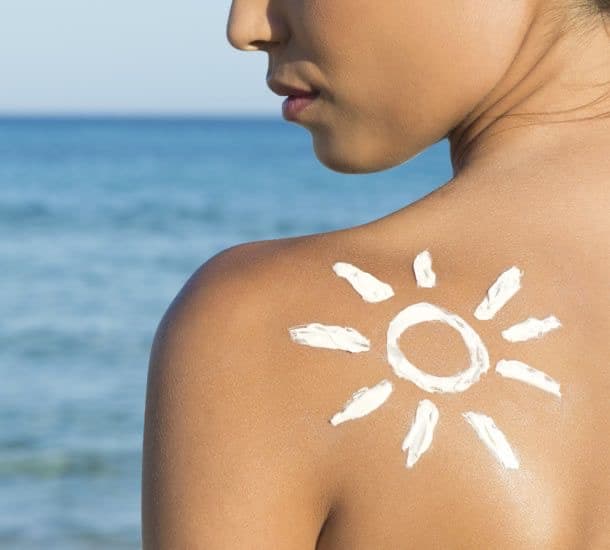There Is a Right Way to Use Sunscreen.
It’s officially summer. Do you know where your sunscreen is? Answering that question with anything other than “on my skin right now” is … not the right answer. At the risk of sounding like your mother, you must wear sunscreen. At the risk of sounding like your doctor, you must wear it every day
Don tap just take my word for it. “Skin cancer rates are reaching epidemic proportions in people under the age of 40,” says dermatologist Kavita Mariwalla, MD. Dermatologists agree that the most important tool we have in our arsenal to prevent against skin cancer and other issues caused by sun damage (like aging and dark spots) is sunscreen.
The Best Natural Sunscreens to Buy Before Summer
Sure, maybe there was a time when waring sunscreen was the worst. But we’ve come a long way since that chalky goop your mom used to slather on you during your family vacations as a kid, but men especially still tend not to use it regularly. “Most men don’t like the feel of sunscreen because wearing a cream is just not something they are used to,” says Mariwalla. “Nonetheless, any skin is susceptible to skin cancers so not using something because of the texture is only exposing yourself to harm.” These days, the whole “I-like how it feels” thing is no longer an excuse. There are new, lighter weight versions, spray formulas, natural sunscreens that won you leave you chalky, and even quick-drying gels that go on clear.
It’s worth making sure you’re using sunscreen correctly, too. Proper application, upkeep, and exposure ensure the product is doing its work well. Here’s how to get the most out of your sunscreen and make sure you’re protected on and off the beach.

A higher SPF doesn’t last longer.
According to Mariwalla, people often forget to reapply. The American Academy of Dermatology sunscreen guidelines say to reapply sunscreen every two hours and more often if you’ve been swimming or sweating (like immediately after a dip in the ocean). And don’t for a second think that you’re beating the system by wearing a higher SPF. “People think that if they use a high number like SPF 100 that it is twice as effective as SPF 50, so they put it on once and then leave the house for the day,” says Dr. Mariwalla. However, the SPF number refers to how much protection the product is giving you, not how long it lasts. All sunscreens need to be reapplied.
The AAD also says you should always use a minimum SPF 30 and make sure it’s broad spectrum (which means it protects against both UVA and UVB rays).

